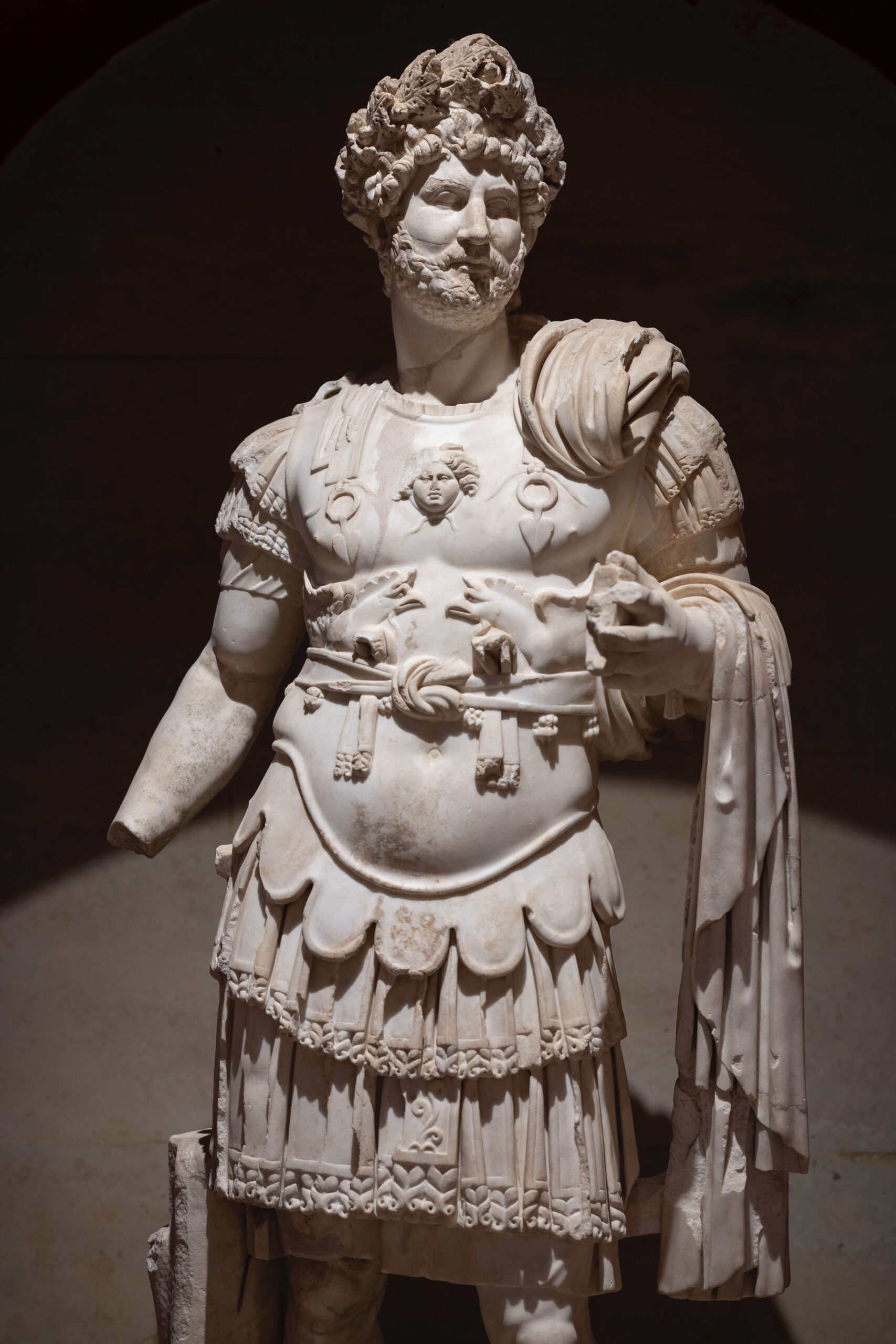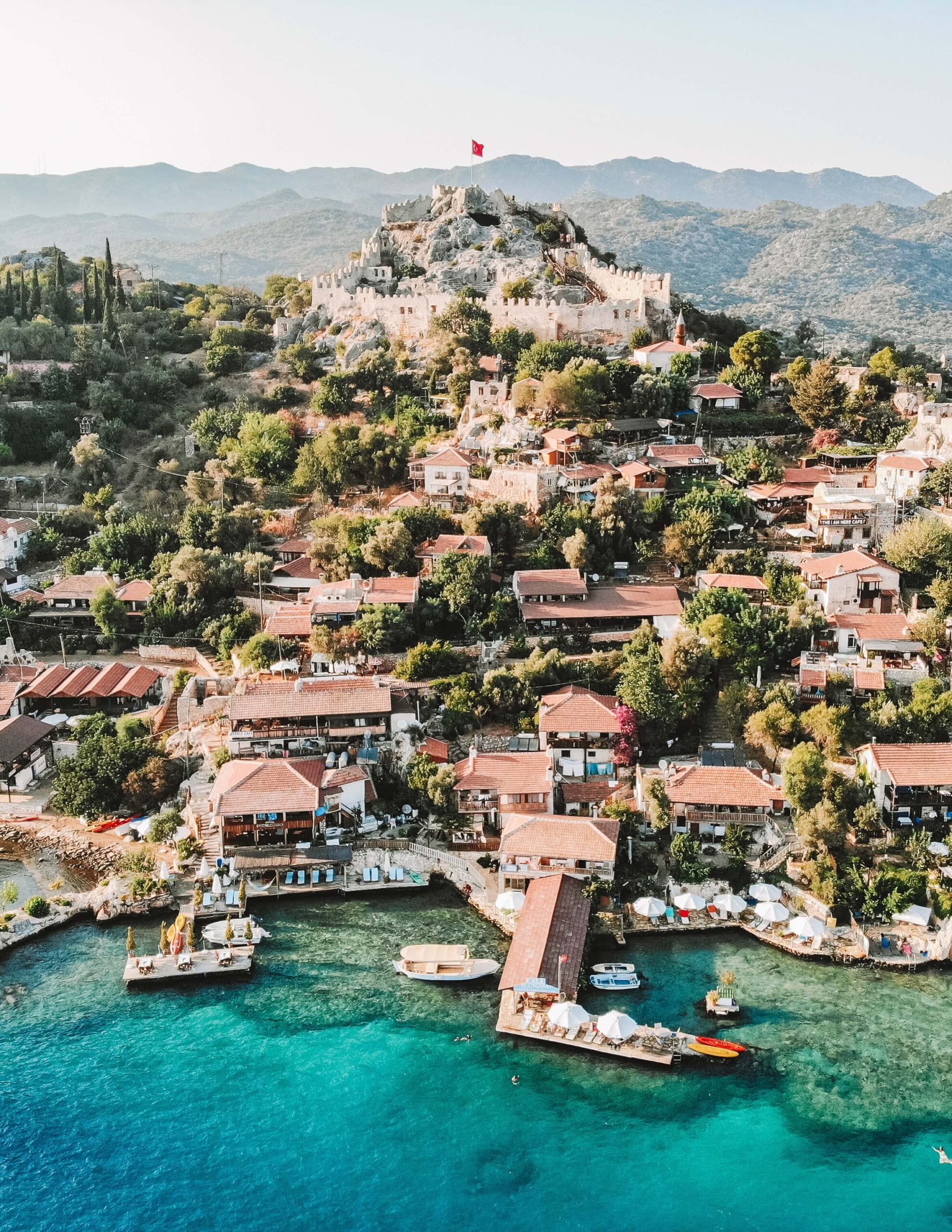
Antalya Archeology Museum
Antalya Archeological Museum is one of Turkey’s largest museums, located in Konyaaltı, Antalya. It includes 13 exhibition halls and an open-air gallery. It covers an area of 7,000 m2 and 5000 works of art are exhibited. In addition, a further 25,000–30,000 artifacts which cannot be displayed are in storage. As a museum exhibiting examples of works, which illuminate the history of the Mediterranean and Pamphylia regions in Anatolia, Antalya Museum is one of the most important of Turkey’s museums. The Museum won the “European Council Special Prize” in 1988.
At the end of World War I, during the time when Antalya was under Italian military occupation, Italian archeologists started removing archeological treasures that had been found in the city center and surrounding the Italian Embassy, which they claimed to do in the name of civilization. To prevent these initiatives, Süleyman Fikri Bey, the Sultan’s advisor, applied to the Antalya post of provincial governor in 1919, had himself appointed as voluntary curator of antiquities, and first established Antalya Museum to try and collect what remained in the center.
The museum at first operated in the Alâeddin Mosque in 1922, then in Yivli Minare Mosque beginning from 1937, and then moved to its present building in 1972. It was closed to visitors for a wide range of modifications and restorations in 1982. It was reorganized according to modern museum concepts and opened to the public in April 1985, after the restorations and display arrangements made by the General Directorate of Ancient Objects and Museums.
Halls
Antalya Regional Museum consists of 13 exhibition rooms, 1 open-air exhibition area, laboratories, a storeroom, repair shops, a photographic room, a conference hall, administrative offices, a cafeteria and living quarters for museum officials. The exhibition rooms are as follows:
- Natural History Hall
- Pre-History Hall
- Proto-History Hall
- Classic Period Hall
- Statuary Hall
- Hall of Imperial Statues


